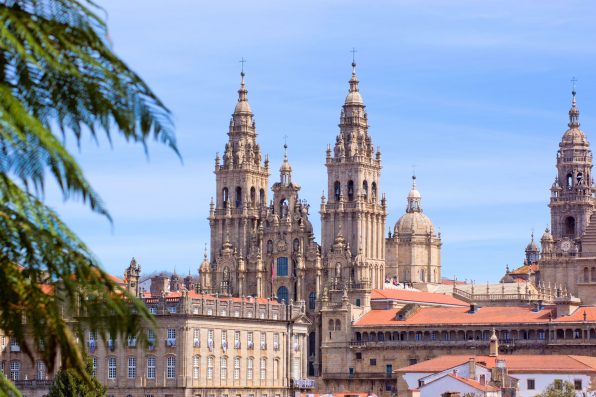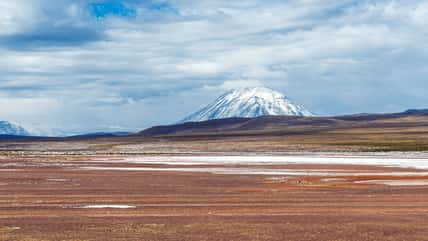A Recent Analysis May Have Confirmed The Identity Of Bishop Teodomiro, Making Him One Of The Oldest Historical Figures Identified In All Of Europe

One of the most notable figures associated with the pilgrimage to the Santiago de Compostela is Bishop Teodomiro. However, not much was known about the elusive figure until recently. An analysis of the potential remains of the bishop has provided more information on the individual’s identity and life.
Between 820 and 830 C.E., a hermit named Pelayo spotted a shower of stars plummeting downward upon a field.
When he went over to check it out, he discovered an ancient mausoleum and immediately informed the Bishop Teodomiro of Iria-Flavia, which is now in the modern municipality of Padrón, Spain.
After he spent three days meditating and fasting, the bishop declared that the mausoleum contained the remains of the apostle James and two of his disciples. The news was relayed to King Alfonso II of Asturias, who then ordered that a small church was to be constructed near the tomb.
The event kickstarted the legend of the apostle Santiago’s tomb, which was recorded in the 12th century, as well as the Jacobean phenomenon. To this day, the religious phenomenon continues to attract visitors to the cathedral in Santiago de Compostela in Galicia, Spain.
Even though the story is one of great significance, the existence of Bishop Teodomiro was questioned until a tombstone marking his death in 847 C.E. was found in the Cathedral of Santiago de Compostela during the last half of the 20th century. It was determined that the remains of an elderly male were buried beneath the tombstone.
But then, in the mid-1980s, the remains were reexamined and thought to belong to a woman instead.
Now, an international research team led by Patxi Pérez Ramallo from the Norwegian University of Science and Technology has conducted yet another analysis of the remains using advanced techniques.
The team is in collaboration with the Max Planck Institute of Geoanthropology, the University of Stockholm, and others.

Mar – stock.adobe.com – illustrative purposes only
The latest investigation of the bones confirmed that they belonged to an adult male who was over the age of 45.
When he was alive, he consumed a diet of mostly marine and terrestrial protein sources. This differed from other Christian monks of the time, as they usually followed strict dietary rules.
Still, diet can hint toward the local traditions and religious practices. Radiocarbon dating found that death in 847 C.E. was consistent with the diet, which was during a time when evidence of marine protein sources was documented.
The studies suggested that the individual lived near the coast, which corresponded with the location of Iria Flavia.
The individual’s genetic profile differed slightly from that of modern Europeans, exhibiting a closer relationship to Roman Iberians, southern Iberian Visigoths, and Iberian Islamic populations. It matched the profile of someone living in Spain about 1,200 years ago.
The findings strongly suggest that the remains belong to Bishop Teodomiro, making him one of the oldest historical figures identified in Spain and all of Europe.
Sign up for Chip Chick’s newsletter and get stories like this delivered to your inbox.
More About:News





